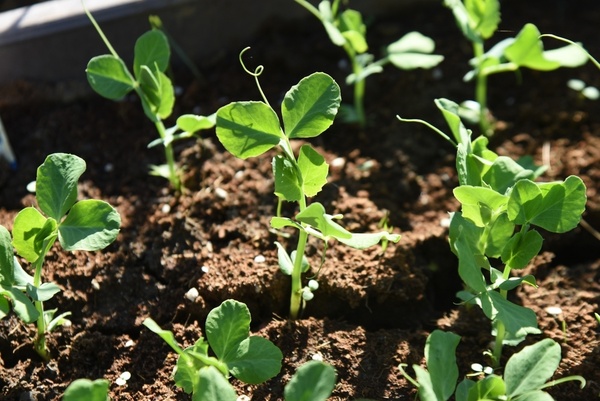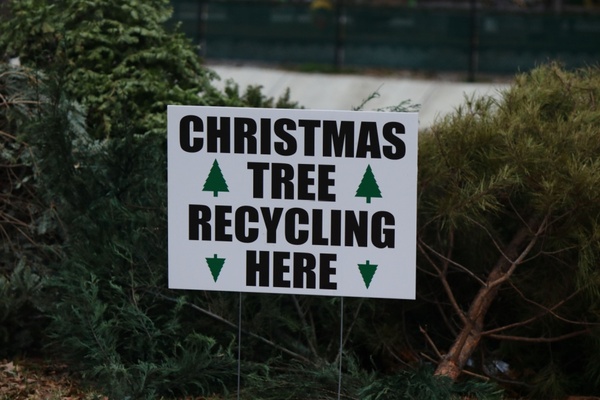Spectacular, colourful, amazing, over-the-top, vulgar and gorgeous are just some of the words used to describe hippeastrum, more often called (wrongly) amaryllis.
I have to admit that sometimes I think that hippeastrums are a bit too brassy and brash and then I buy some of the more subtle and unusual kinds. But then I wish I had gone for bold! It is the same when I buy my poinsettia for Christmas. What do you buy? The traditional bright red or the more subtle cream or pink?
I usually decide to buy a white or pink poinsettia, thinking I am being sophisticated but then I wish I had bought a bright red one – and usually do – ending up with at least two plants!
So whatever your taste or preference, get yourself a hippeastrum.
As houseplants, these spectacular bulbs have a lot going for them. In theory they can flower at almost any season but that is getting way ahead of ourselves so let’s start at the beginning.
You can buy the bulbs now and they will have been prepared so that, as soon as they are planted and kept warm, they will bloom. In fact, you can buy ‘waxed’ bulbs that will grow and flower without being planted. It is only my opinion but these constitute plant cruelty so I hate the idea of them!
You can often buy the bulbs in boxes, complete with pot and compost but the compost is usually poor quality and I prefer to plant in good quality compost.
As a rule, the biggest bulbs produce the best flowers, and more of them. Really big bulbs will produce two, three or even four flower stems, each with up to six flowers. These giant bulbs are usually of the typical red kinds.
But some varieties, especially some doubles and the more delicate, ‘botanical’ hippeastrums naturally have smaller bulbs.
Once you get your bulb home, plant it in a pot that is large enough to house the bulb with a gap of about 2cm between the bulb and the pot edge. Plant so that the upper half of the bulb is above the compost surface. This allows enough room in the base of the pot for compost and roots.
if there are dead, shrivelled roots under the base of the bulb you can trim them off but, ideally, there will be some thick, fleshy roots. These should be retained and spread around the compost if possible as you plant the bulb. Work the compost around them by tapping the pot and avoid ramming the compost too densely.
Not all hippeastrum are bold and bright
Once planted you can give the compost a water but after that you need to be careful not to water too much until growth starts.
Your bulb should produce flowers before foliage. You can adjust the growth rate with temperature. I like to keep them cool for about a month (above 10c) so that the roots grow. You can place the planted bulb in a warm room or above the radiator and that will force stem growth but there is then a danger that the bulb will fall over when in bloom if the roots have not grown much.
Once I see buds starting to show in the neck of the bulbs I then move the bulbs to somewhere warmer, often a windowsill over a radiator a cool room. This will promote growth and speed flowering. A bright spot will ensure sturdy growth and avoid towering stems.
When grown in poor light and too much warmth, the stems will grow too tall and need support. I think it spoils the look of the flowers when the stems are supported with a sundry collection of canes, knitting needles and skewers, tied together with random lengths of wool!
If you can keep the plants cool when in bloom they will last up to two weeks.
As the flowers fade, snip them off. If allowed to die they ‘dissolve’ and can drip onto furnishings. When all the flowers have been removed it is best to let the stem remain and die down naturally if you want to keep the bulb.
If you do want to keep the bulb, allow the leaves to develop and keep the plant in a sunny spot, away from frost. You can put the plant outside in summer but protect it from slugs and snails. Feed with tomato fertiliser. bring it back into the house in October. After the initial Christmas flowering your hippeastrum may bloom at almost any time of year. It has to be admitted that hippeastrum are not very attractive in leaf and most people don’t bother but it is certainly possible to keep keep them for many years.
Did you know?
The name ‘hippeastrum’ is derived from the the Greek for horse (hippo) because the two ‘bracts’ that open to release the flowers buds look like the ears of a horse.
This week:
If your garden is like mine it is too wet to get on the grass or borders. I am just tidying up, sorting and washing pots and I have just sown my sweet peas.



